When we drape a scarf around our neck or slip on a comfortable t-shirt, we are often unconcerned about the intricate processes and materials that went into making those items.
The world of textiles is vast, and the materials, both natural and synthetic, that make up our daily wear can be as diverse as the cultures that create them.
Table of Contents
What is Fabric ?
Cloth, the foundational element in our attire, home linens, and myriad other items, is essentially birthed from fibers. These slender, hair-like entities act as the pillars for all types of cloth materials.
By spinning these fibers into yarn and weaving or knitting them thereafter, they evolve into the fabrics that clothe our bodies, accentuate our homes, and touch our everyday lives.

The dance between the two, where fabric emerges from fiber, beautifully exemplifies a blend of design and practicality, an intersection of art and science.
Let’s unravel the fabric of our clothing and understand what cloth is made of.
1. Natural Fibers
Natural fibers come directly from plants, animals, or mineral sources. These have been used for thousands of years to create clothing, long before the advent of synthetic materials.
Cotton
Perhaps the most widely recognized natural fiber, cotton is soft, breathable, and versatile, making it the go-to material for everything from t-shirts to bed linens.

Wool
Sourced from the fleece of sheep, wool is naturally insulating, fire-resistant, and has moisture-wicking properties, making it perfect for cold-weather wear.

Silk
Produced by silkworms, silk has a luxurious feel and shine. It’s lightweight and often used for high-end clothing and accessories.

Linen
Made from the flax plant, linen is known for its durability and has a natural luster. Linen fiber is ideal for summer wear due to its breathable qualities.
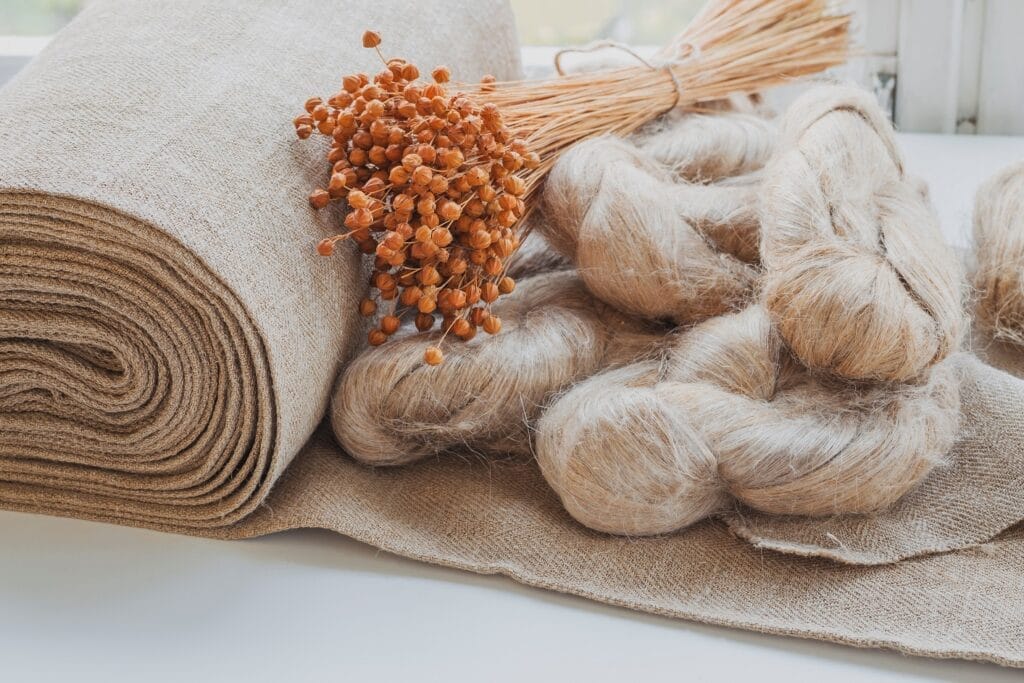
Hemp
Historically used for ropes, hemp has seen a resurgence as a textile material because of its strength and environmental sustainability.
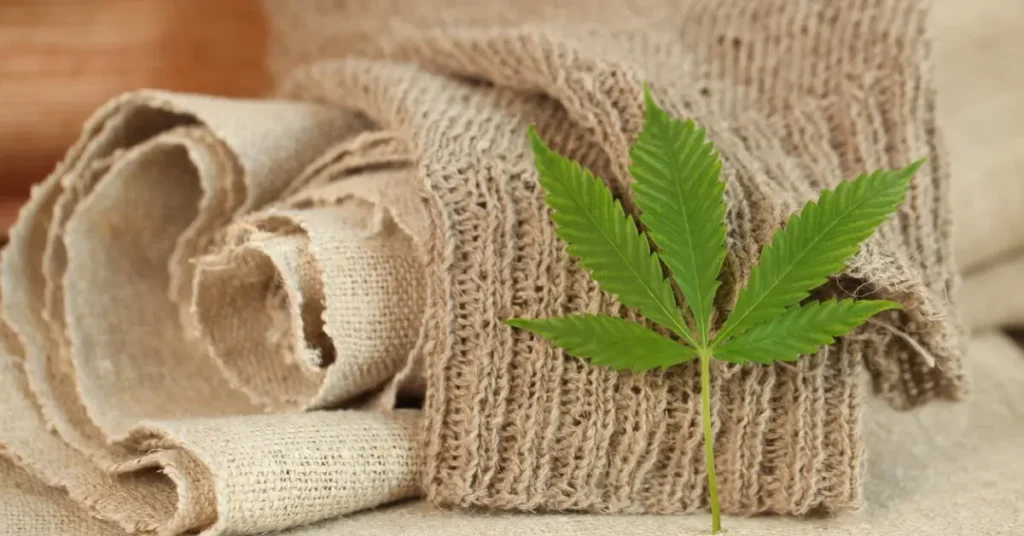
2. Synthetic Fibers
Derived from man-made processes, often involving chemicals or petrochemicals, synthetic fibers are known for their resilience and versatility.
Polyester
Highly durable and wrinkle-resistant, polyester is often used for athletic wear and is commonly blended with other fibers.
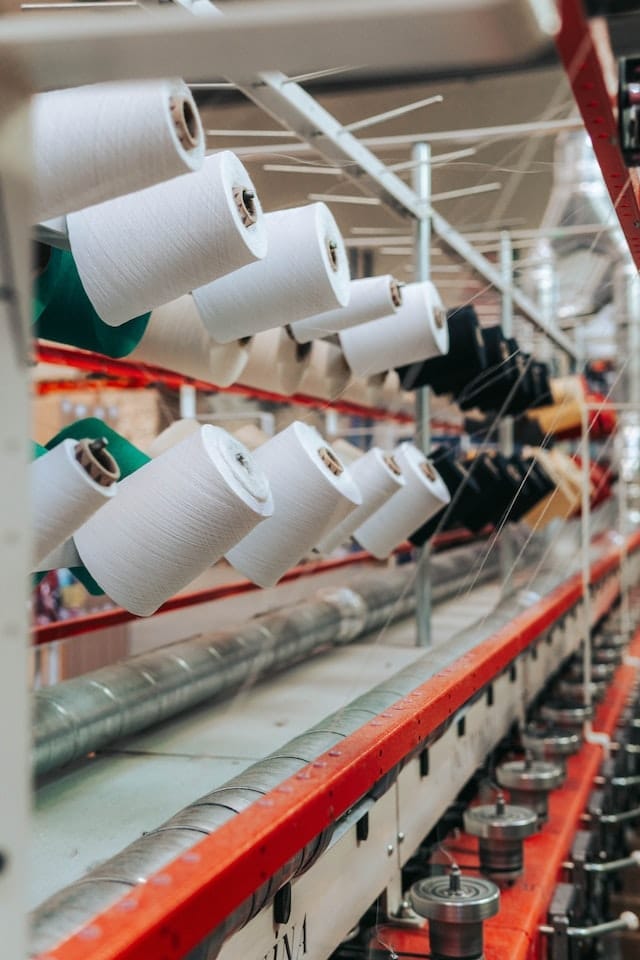
Nylon
Known for its strength and elasticity, nylon is frequently used in hosiery, swimwear, and outerwear.
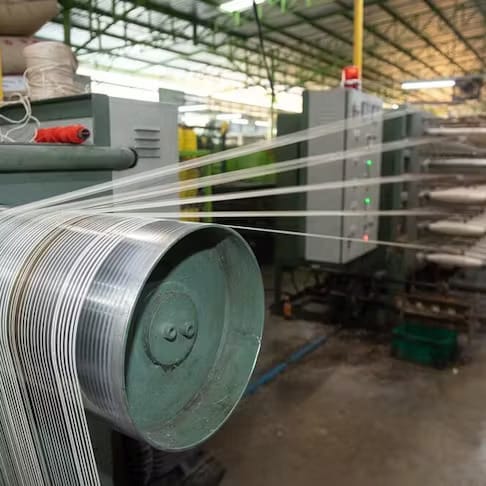
Acrylic
This lightweight, soft, and warm fiber often serves as a wool substitute, especially in sweaters and blankets.
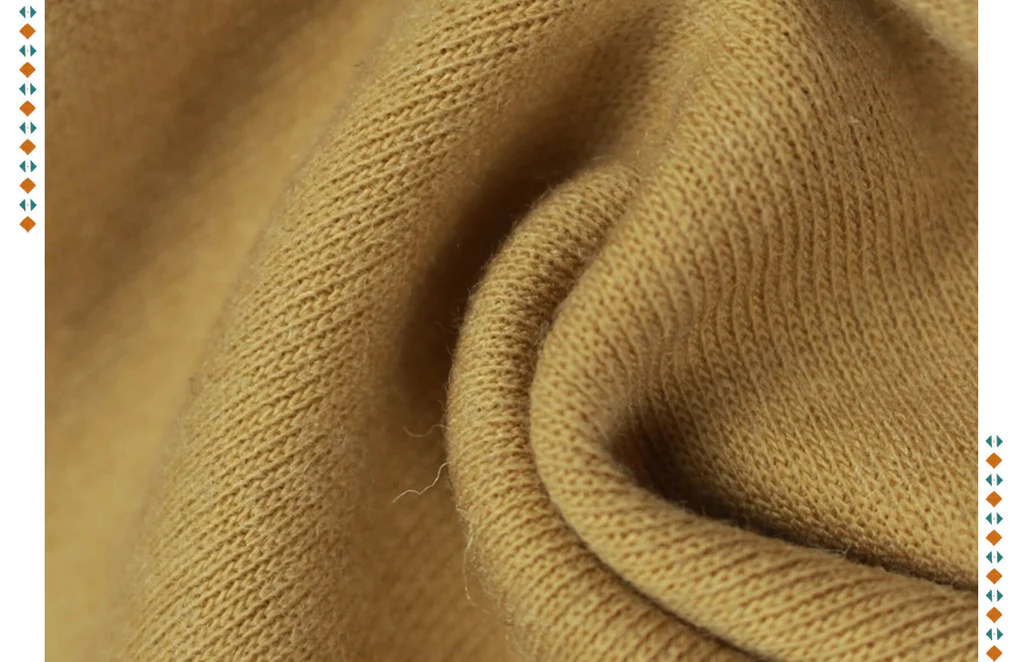
Spandex (or Lycra)
Renowned for its exceptional elasticity, spandex is a staple in activewear and other stretchy garments.

3. Blended Fabrics
Blending fibers is akin to creating a recipe for garments – the aim is to derive the best qualities from each ingredient and craft a material that is more versatile, functional, and often more economical. Here’s a deeper dive into the world of blended fabrics:
Cotton-Polyester Blend
As mentioned, this blend seeks to unite the breathable comfort of cotton with the wrinkle-resistant and durable nature of polyester. It’s a common choice for everyday wear, ensuring longevity and ease of care.
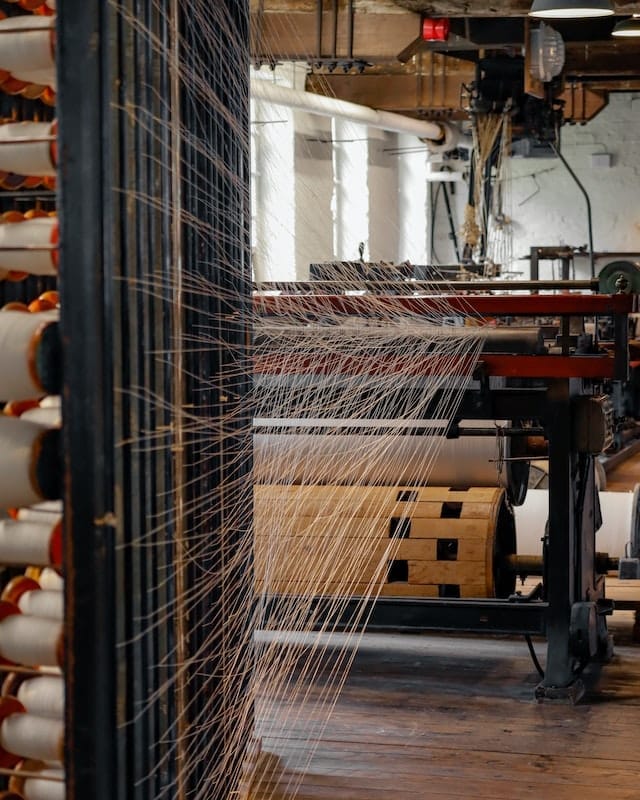
Wool-Silk Blend
Combining the warmth of wool with the luxurious sheen of silk, this blend is perfect for high-end apparel, giving garments a plush feel while ensuring they drape elegantly.
Linen-Cotton Blend
By blending linen with cotton, one gets a fabric that retains the coolness and aesthetic texture of linen but is softer and less prone to wrinkles, courtesy of the cotton.
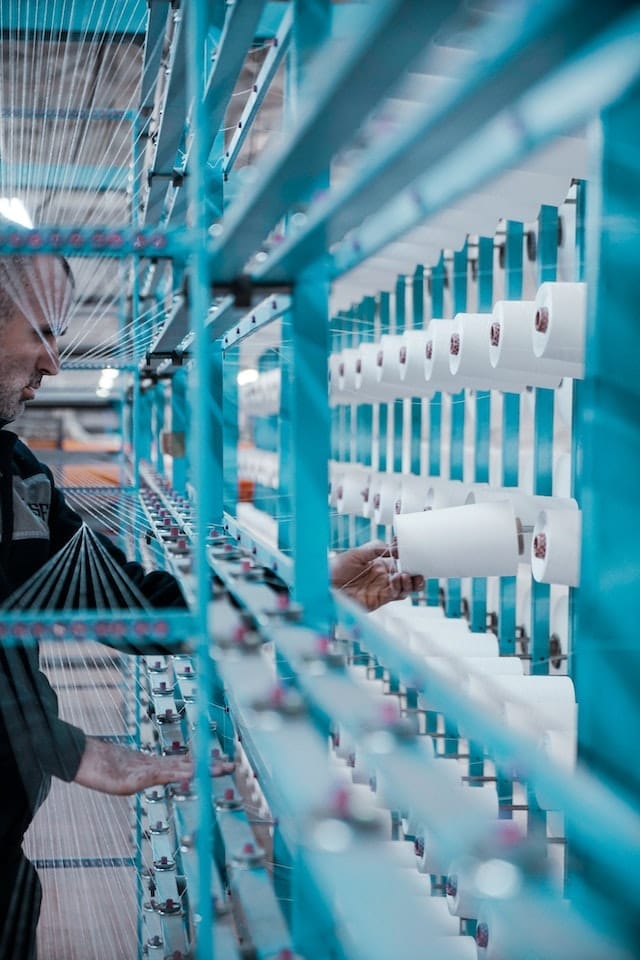
Rayon-Bamboo Blend
Marrying the silky feel and drape of rayon with the eco-friendly and antibacterial properties of bamboo, this blend is often seen in sustainable fashion lines.
By creating these innovative mixtures, the textile industry caters to a vast range of requirements, from aesthetic appeals like drape and sheen to functional needs such as durability, stretch, and comfort. Blended fabrics are a testament to the evolving needs of consumers and the industry’s adaptability to these demands.
4. Specialty and Innovative Materials
The textile industry constantly evolves, leading to the creation of unique and innovative materials.
Bamboo
Processed into a soft and breathable pulp, bamboo fabric is known for its eco-friendly attributes and natural antibacterial properties.
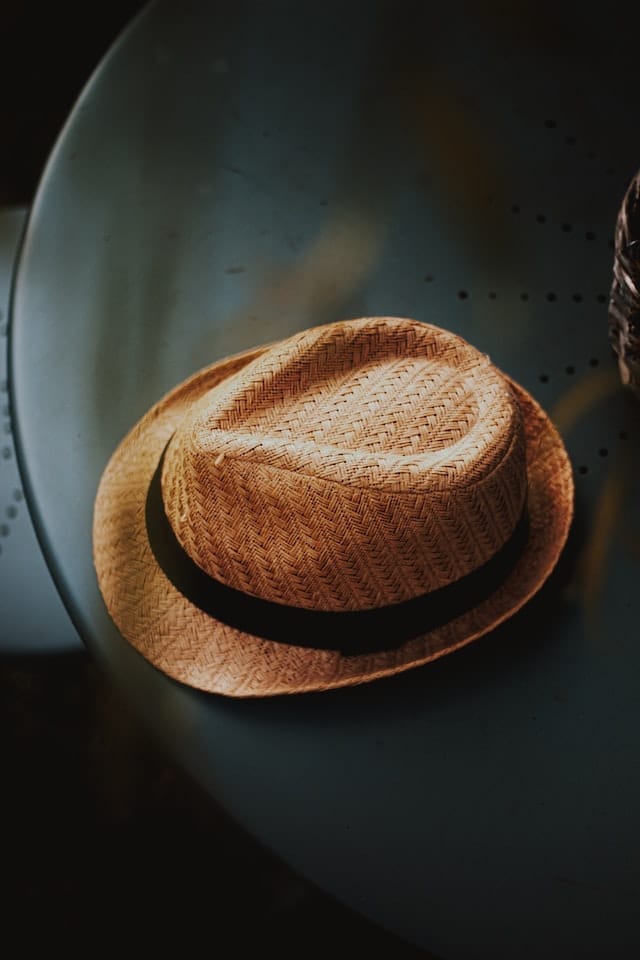
Tencel (or Lyocell)
This is a sustainable fabric regenerated from wood cellulose, often from eucalyptus, beech, or spruce trees. It’s soft, breathable, and biodegradable.

Smart Textiles
These integrate technology into the fabric itself, enabling functionalities such as monitoring vital signs or changing color with temperature.
Conclusion
From the basic cottons and wools of our ancestors to the high-tech materials of the future, the fabric of our clothing tells a story of innovation, culture, and utility.
As consumers become more conscious of sustainability and environmental impact, the textile industry is poised for even more transformation in the coming years.
The next time you wear your favorite piece of clothing, take a moment to consider the journey of its material and the marvel of human ingenuity it represents.
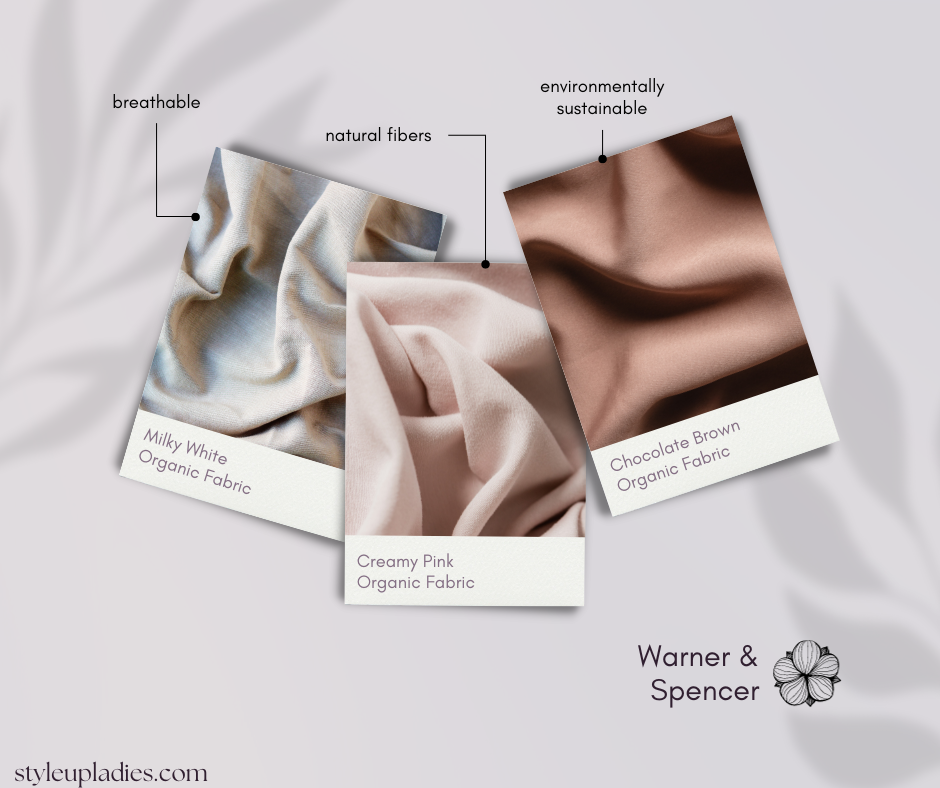







Leave a Reply